Top 10 Best Shopping Mobile Apps In India 2023
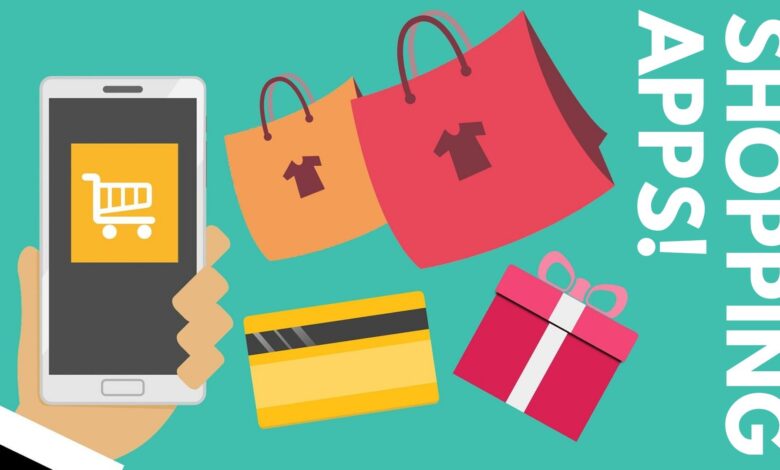
One of the economies in the world with the quickest growth rates is India. If you can do something in India, you have already conquered the world. Shopping is enjoyed by how many people? What a silly question—who doesn’t enjoy shopping?
In reality, it must have been a few days since you went to a mall because we have shopping apps online. Every single encounter paves the route for us. From physical businesses to online retailers to our cellphones as a means of online buying.
What is an Online Shopping App?
Online shopping, or e-commerce, refers to when people buy things from the internet. Both online media and mobile apps frequently employ web browsers. Most mobile apps have a significant impact because they are becoming a regular part of our lives. Consequently, the e-commerce sector has started to regulate online shopping applications, also known as e-commerce Apps.
Online shopping apps are thriving in the mobile era, transitioning from e-commerce websites like many others. Many online shoppers prefer mobile apps to websites for purchasing because they offer 24/7 access, better price comparison, special discounts and offers, convenience, and time savings. Additionally, mobile applications beat their equivalents on all other devices in terms of conversion rate as there are an increasing number of active mobile device users.
How Do I Make an App for Online Shopping?
We hope that by inspiring you to do so, you will develop a shopping app. But what steps are you taking (apart from choosing the appropriate experts)?
1. Business Analyses and Choosing Criteria – It is unreasonable to begin the building of a purchasing application before assessing demand and supply rates. In other words, market research is necessary.
2. Focus on the characteristics – Knowing the requirements of the sector will help you understand what the application might be and what you should provide for the consumer. Based on this information, you must create a list of the features your mobile shop will offer.
3. Design and Specifications – The specifications are organised with an expert at this stage of the software design for online commerce. It is important to design a technological project and a prototype, which includes the wireframes for each app display.
4. An application’s design – By creating a visually appealing online buying experience, you may say that you have taken the first step into prospective sales. The well-liked idea of the purchasing app includes a stylish logo, an intuitive Basket, and a brilliant catalogue. Your software should be as simple to use as feasible. That is very necessary. The goal is to reduce the number of ordering steps.
5. Choose the application platform that you desire – To create a shopping app of the greatest calibre, you must select the appropriate application platform. Additionally, it’s critical to think about the expectations and the target population.
6. App development and testing – Of course, this is the major goal of the entire endeavour. And right now, you need the assistance of skilled professionals. Take the case if you wish to develop a cross-platform shopping service. What should you do? Everything is based on the budget.
A shopping app might be developed simultaneously, in two or three stages, or separately for each platform. Select your most lucrative and devoted audience, then start with a forum near them (for example, Android). When time and money permit, design an iOS shopping app.
7. Putting the application online – Even though this is the final step of the shopping app’s development, it is still quite important. Then, all conditions must be fully complied with. Second, make sure the service in some way stands out. Your mobile store’s alluring logo and knowledgeable justification of its benefits will help you reach your goal.
Scope of Online Shopping Apps
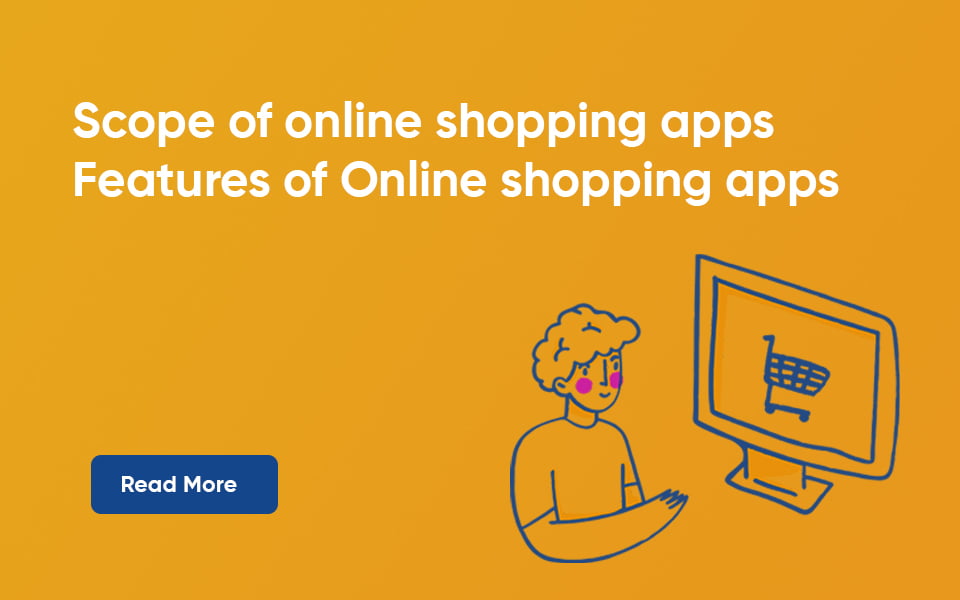
The time has come to reap the rewards of business titans’ decade-plus investments in mobile apps. Today, mobile users from all over the world account for almost 60% of all traffic. The Kai OS and other cutting-edge open-source software have helped to reduce the wealth/poverty gap.
Budget phones now include all of a smartphone’s fundamental features without sacrificing functionality. Your firm can benefit greatly from mobile phones. Therefore, the explicit future is portable.
Five Criteria That Shoppers Look for in the Ideal Shopping App
Purchases and costs: Customers frequently put things on their wish lists so they can buy them when the prices drop. The clients are informed if there is a change in the prices of the products. User engagement on the platforms will improve because of this innovation.
Feedbacks: People rely on word-of-mouth marketing for all goods and services. User reviews and ratings are used in online marketing. The reviews will be read by users before they install an application. Reviewing and updating your client feedback is crucial.
Shipping: Online shoppers constantly look for lower or free shipping options, or at the very least, anticipate paying a low shipping fee. You won’t pay for a chosen item whose shipping or transportation expenses are exorbitantly high, with or without sales.
Pricing: Customers seek out the best value in goods. As a result, you need to pay attention to the application’s product prices. It’s important to keep pricing variations so that any budget can afford them.
Efficiency: The application you create should be simple to use, with relevant search criteria, a range of web browsing options, and simple navigation that allows for seamless downloads. A seamless shopping experience requires good UI/UX design.
Features of Online Shopping Apps
Given the statistics above, it stands to reason that in order to compete in the market of the future, you should have an app for everything you do. While the world continues to move. You should be aware of a few key qualities that your shopping application must have before you start your online shopping quest. The following is a list of some essential qualities of an online shopping application:
1. User Login/Registration
Simple login and registration are a requirement. Make sure the user can register and sign in using a variety of methods, including their phone number, social media accounts, email, and others. Every application needs a quick and easy registration process because nobody has time to spend hours doing it.
2. Collection
You cannot create a retail app that ranks second on the most important list without this functionality (the first one is registration).
3. Online Payment & Purchase
It is challenging to develop a shopping app without pushing customers to make online purchases. But be sure to consider the specifics of your company’s specialisation. In particular, the user can streamline the shopping process by syncing the bank card with the application: the customer selects the items, hits the “Buy” button, and verifies the purchase code.
4. An “Item Cart”
Of course, you can’t make a shopping app and neglect to accomplish that. How should a shopping cart function? The user should be able to freely add and remove goods from the cart, and the cart should also include an estimate of the cost of the items that have been added.
5. Search Bar
How can I create an app for Amazon? A mistake was made. Start by following this common service’s lead and providing the required goods with a straightforward search, filtering, and sorting approach.
6. Wishlist
Even though not all stores operate online, they should nonetheless develop shopping apps. In this case, you should provide a Wishlist to speed up customer service by making the customer’s decision-making simple. The smartphone software will assist the user in choosing things, creating a preferred shopping list (also known as wanted lists), and committing in advance.
The customer won’t have to go through any trouble to your store to pick up his order after that. This streamlines customer service and gives both customers and employees more time.
7. Customer Service
If you want to design a shopping application that can lure users, incentives should be taken into account. There are several of those things, including layout software, the option to leave notes for the expert, ask questions, obtain a discount, etc. You might provide a specific award programme to the app users as a successful reduction for those who purchase things from their mobile service.
8. Tracking System
After placing an online order for a package, who is not eager? Yes, everyone is. We all enjoy checking the status of our packages, whether the order has been confirmed, whether it has shipped, or whether it has arrived at the closest pick-up location.
Therefore, order tracking is essential in the modern world. Your online shopping application can add a tonne more features based on your requirements, your target market, etc.
Now, let’s have a look at the Top 10 Best Shopping Mobile Apps In India 2023 –
1. Amazon

E-commerce, cloud computing, digital streaming, and artificial intelligence are the main areas of interest for Amazon.com, Inc., a multinational technology business based in the United States.
One of the most valuable brands in the world, it has been referred to as “one of the most influential economic and cultural forces in the world.” It is one of the Big Five American technical companies, along with Apple, Microsoft, Alphabet, and Meta.
From his garage in Bellevue, Washington, Jeff Bezos established Amazon on July 5, 1994. It was initially just an online book store, but as it expanded to include a variety of products, it came to be known as “The Everything Store.” Numerous subsidiaries exist within the company, such as Kuiper Systems (satellite Internet), Amazon Lab126, Zoox (autonomous vehicles), and Amazon Web Services (cloud computing) (computer hardware R&D).
Ring, Twitch, IMDb, and Whole Foods are also subsidiaries of the parent business. It greatly increased its physical retail reach with the $13.4 billion acquisition of Whole Foods in August 2017.
2. Flipkart
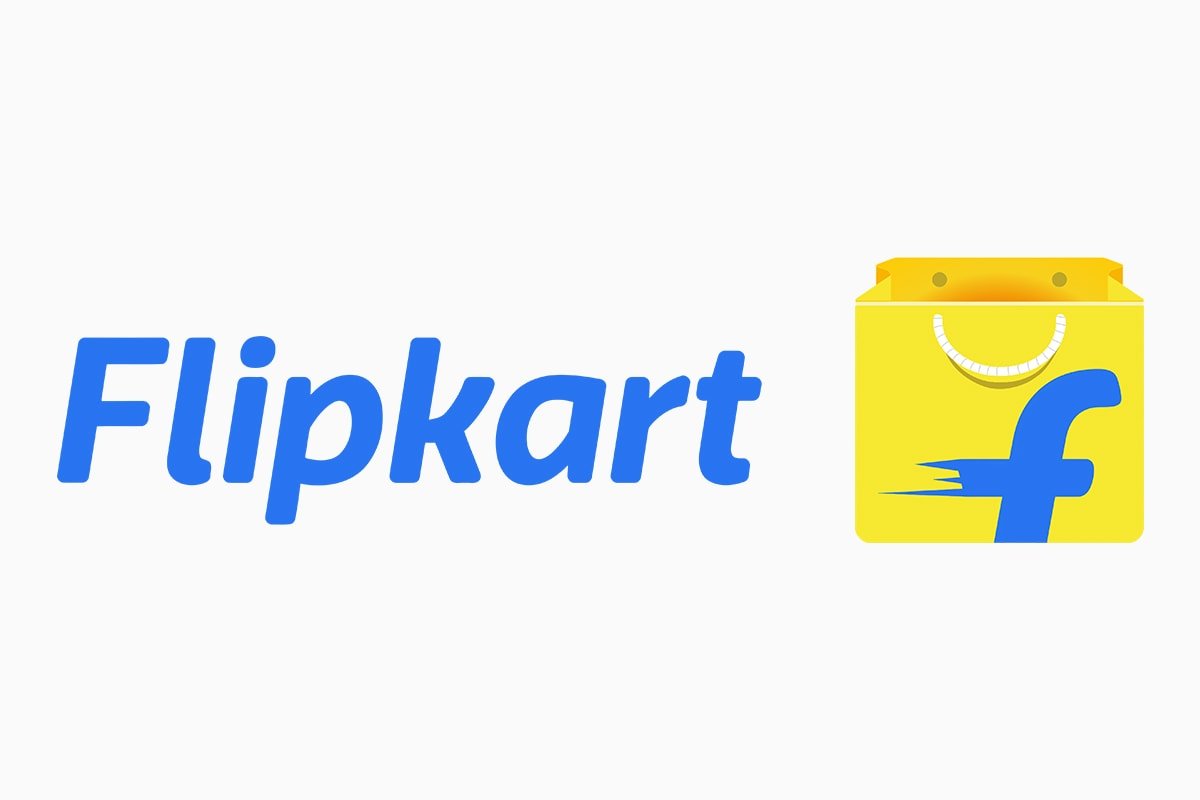
With its corporate headquarters in Bangalore and incorporation in Singapore, Flipkart is an Indian private limited company. The company primarily focused on online book sales before expanding into other product categories like consumer electronics, apparel, household essentials, food, and lifestyle goods.
The service’s main rivals are Snapdeal in India and Amazon’s Indian subsidiary.
Flipkart controlled 39.5% of the Indian e-commerce market as of March 2017. In the sale of electronics and cell phones, Flipkart was considered to be “neck and neck” with Amazon, and because of its acquisition of Myntra, it also holds a dominant position in the fashion industry.
Additionally, PhonePe, a mobile payment system based on UPI, is owned by Flipkart.
Flipkart was valued at roughly $20 billion when American retail giant Walmart purchased a 77% controlling share for US$16 billion in August 2018. By 2022, Flipkart will be worth $37.6 billion. In 2023, it intends to become publicly traded through an American listing.
3. Myntra
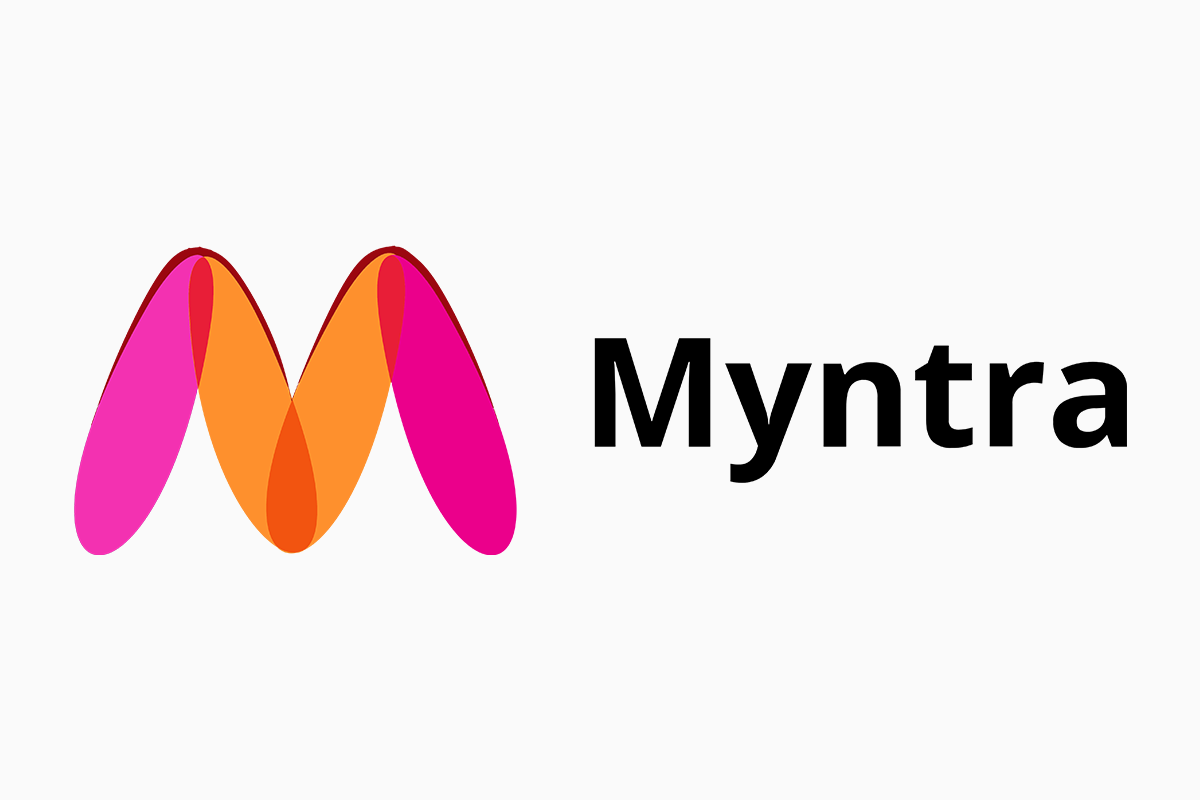
All of your fashion and lifestyle needs can be met at Myntra. Myntra, the biggest e-commerce site in India for fashion and lifestyle products, guarantees to provide clients all over the country with a hassle-free and enjoyable shopping experience by offering the widest selection of brands and products on its web. The business is actively aiming to empower consumers via fashion with a choice of the newest and trendiest products on the market.
The core of Myntra’s value proposition is giving customers the ability and convenience to buy fashion and lifestyle products online. Myntra is the nation’s go-to shopping site thanks to features like the largest in-season product selection, 100% authentic products, cash on delivery, and a 30-day return policy. A specialised customer connect team is on call 24 hours a day to assist you with your online shopping needs.
Myntra recognises the demands of its customers and provides them with a selection of clothing, accessories, cosmetics, and footwear from more than 500 top Indian and worldwide brands. Several well-known companies include Adidas, Nike, Puma, Catwalk, Inc. 5, United Colors of Benetton, Timberland, FCUK, Avirate, FabIndia, and Biba. Moreover, items from freshly formed brands like Roadster, Sher Singh, Dressberry, Kook N Keech, and others are on sale.
4. Meesho
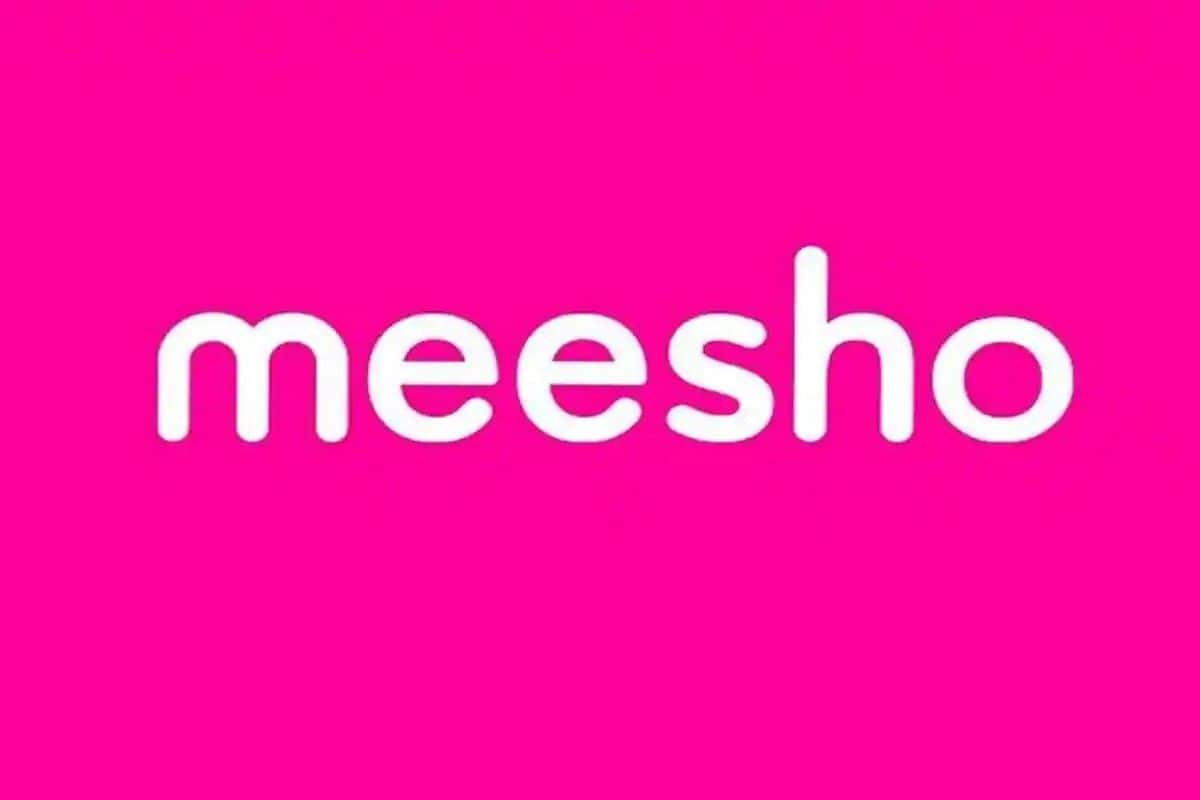
The advantages of online buying are numerous. To discover exactly what you want, you can look around and take your time. Finding what you’re looking for is simple when you compare costs online. You may now shop for everything you desire at the lowest costs on the market thanks to Meesho. There are many possibilities on the Internet if you want to look for cool presents for your friends and family.
Meesho features a huge selection of goods, including anything from clothing to cosmetics to kitchenware and home utility items. Meesho is certain to offer everything you need with over 50 lakh goods and 650+ product categories. You can be sure you’re receiving the finest value because all the trendy goods in our most recent collections are reasonably priced. Meesho has what you need whether you’re looking for new clothing, accessories, or just some household essentials.
5. Ajio

Reliance Retail’s digital commerce project, AJIO, is a fashion and leisure brand. It is the ultimate destination for hand-picked, current fashions at the greatest prices available.
Celebrating boldness and individuality, Ajio strives to offer a new, relevant, and approachable viewpoint on personal style.
Ajio’s activities and ideas all point to a single, uncomplicated truth: inclusion and acceptance are the only means by which to slightly improve the human condition in our society.
And along the way, a little bit more stylish, whether it be through the development of capsule collections that make putting together great looks simple, the bringing together of exclusive international brands, the revival of India’s rich textile heritage through the Indie collection, or the facilitation of easy access to great style through the in-house brand AJIO Own.
Through AJIO, they are developing a unique e-commerce strategy for India using JIO’s cutting-edge internet infrastructure and Reliance Retail’s strong physical retail operation. This model calls for the seamless fusion of online and offline business models, as well as innovation in the areas of delivery services, payment ecosystem, and enhanced customer experience.
6. Nykaa

The Indian e-commerce company Nykaa was established by Falguni Nayar in 2012, and it is based in Mumbai. On its websites, mobile apps, and in more than 100 physical stores, the company sells goods for fashion, wellness, and beauty. In 2020, it hired a female CEO, making it India’s first unicorn company to do so.
Nykaa sells goods that are produced both domestically and abroad. The business switched from an online-only to an omnichannel model in 2015 and started selling items other than cosmetics. By 2020, it will sell 200,000 products from over 2,000 brands on all of its channels.
With warehouses in Mumbai, New Delhi, Pune, Haryana, Kolkata, and Bangalore, Nykaa has an inventory-based business model. 76 brick-and-mortar stores spread around the nation make up its offline presence in 2020, in addition to its principal ecommerce operation.
Known as Nykaa Luxe, Nykaa On Trend, and Nykaa beauty Kiosks, its three offline retail styles. Along with Nykaa Beauty, the in-house line of beauty items, the Luxe format contains high-end international brands including Huda Beauty, MAC, Dior, and Givenchy.
Products in the Nykaa On Trend format are categorised based on how well-liked they are. International brands including e.l.f, Charlotte Tilbury, Tonymoly, Becca, Sigma, Limecrime, Dermalogica, and Murad are only available through Nykaa as a retailer in India.
7. Bewakoof
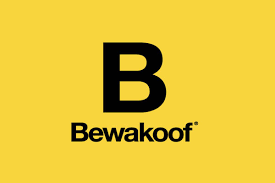
Bewakoof is a lifestyle fashion company that was established in 2012 and creates original, unique clothing for the hip, modern Indian. Bewakoof was established on the principle that impact may be attained via innovation, morality, and thought.
Bewakoof record sales of over 1 lakh products a month, and its product selection is always current and new. At Bewakoof, operations are another area of innovation. They have internal production of our products, are vertically integrated, and, whenever feasible, avoid utilising middlemen. We can create upscale apparel at affordable prices with the support of the direct-to-consumer business model.
They actively work to reduce our environmental effect and increase our social impact as a mindful brand. All of these initiatives—from rainwater collection to paper packaging to employee benefits—are seamlessly incorporated into our regular business operations.
8. Shopsy
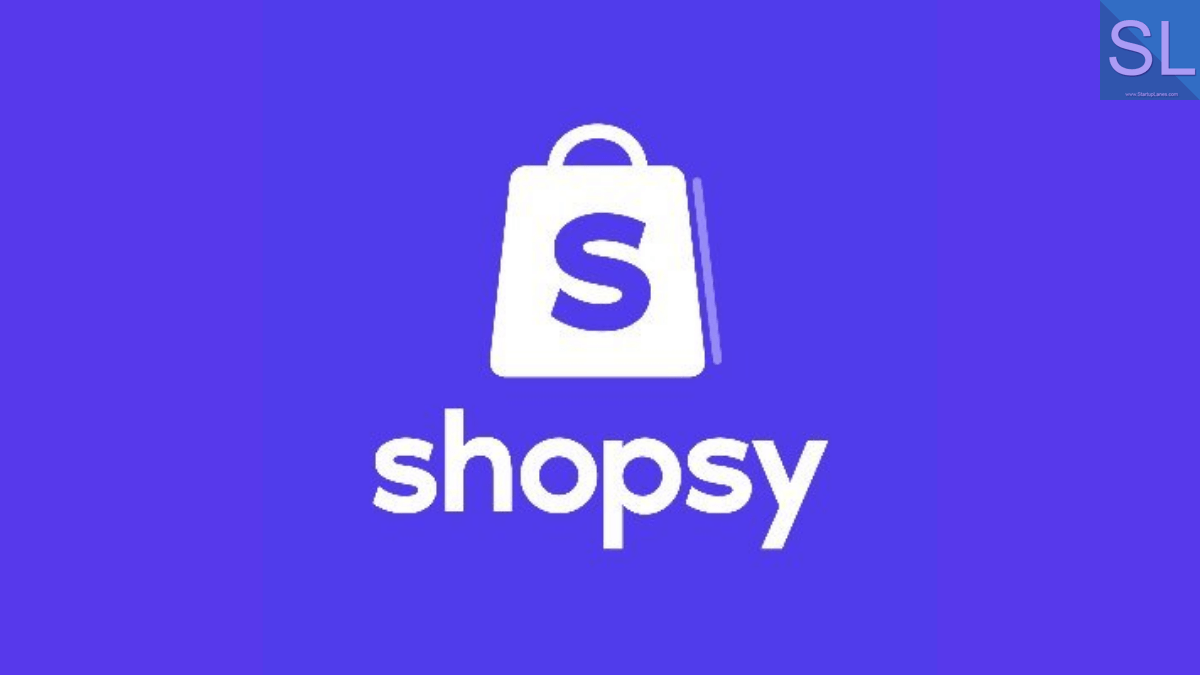
A brand-new platform for sellers with 0% commission is called Shopsy by Flipkart. Through the platform, they can expand their customer base to between 200 and 500 million consumers that have a tight budget. Using Shopsy, merchants can serve this group of customers with Resellers that the customers trust and make money through a platform that is built on trust. Between the seller and the buyer, resellers act as an intermediary layer.
Through Resellers, Shopsy adds a layer of distribution between online retailers and customers. Shopsy enables merchants to target the ideal audience who would be on the lookout for economical products by utilising a platform to generate an income.
9. TataCliq
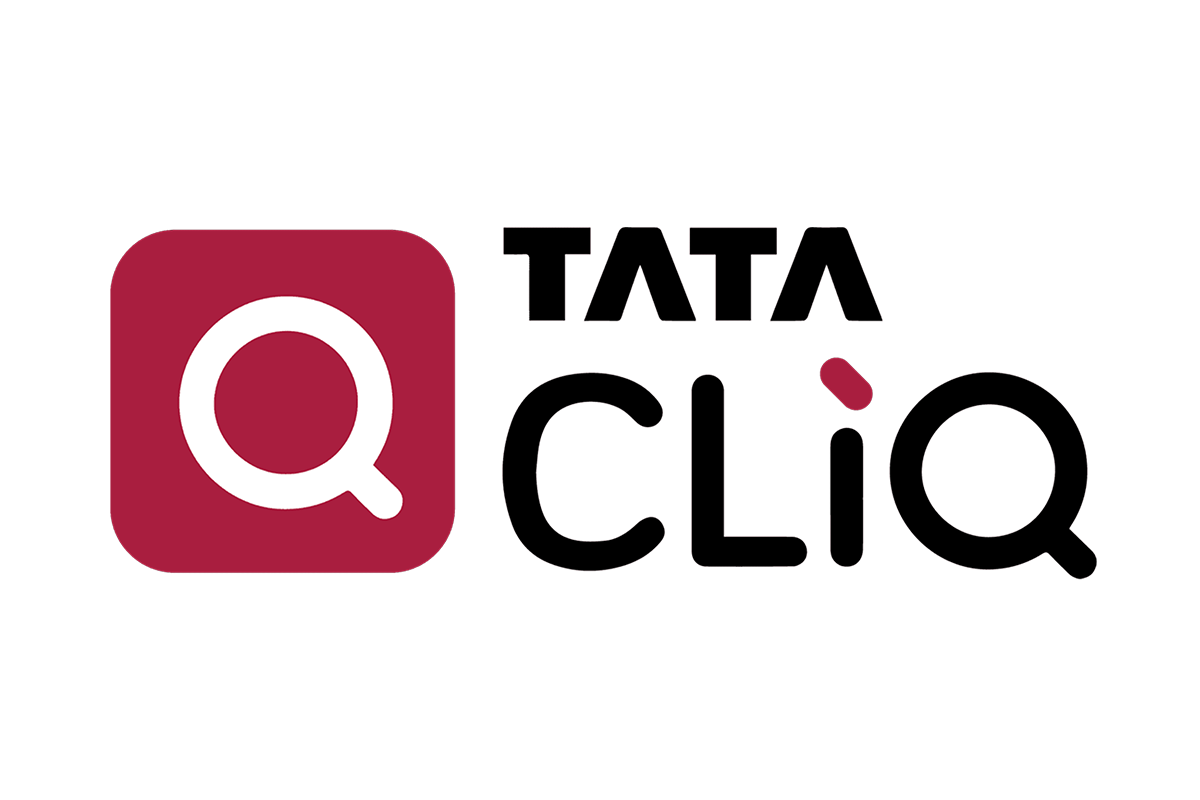
Tata Cliq, often known as Tata CLiQ, is an Indian e-commerce business with headquarters in Mumbai. The Tata Group company Tata Digital Limited is the owner. Electronics, fashion, footwear, and accessories are just a few of the categories that TataCLiQ offers.
Tata CLiQ Luxury, a premium and luxury fashion and lifestyle destination, was also introduced by the Tata Group’s e-commerce platform. It is home to a large selection of clothing and accessories for men and women from luxury and bridge-to-luxury brands.
Tata CLiQ debuted on May 27, 2016. In order to offer luxury products from abroad, it teamed up with Genesis Luxury Fashion, and for online purchasing, it collaborated with Adobe. In December 2016, it introduced Tata CLiQ Premium, a venture focused on luxury clothes and lifestyle.
An omni-channel marketplace concept is used by TataCLiQ.
The Tata Group, a multinational company with headquarters in India and annual revenues over $100 billion US, is best known for its main digital commerce programme, Tata CLiQ.
10. Limeroad

A. M. Marketplaces Pvt Ltd. is the owner of the Indian online marketplace Limeroad. The business is headquartered in Gurugram, Haryana.
It is the first women’s social shopping platform in India. It sells clothing and accessories for men, women, and children. By utilising its products, the portal enables users to customise the appearance of a virtual scrapbook and earn money from the scrapbook they create.
As a marketplace for women’s apparel, Limeroad was established in 2012 by Suchi Mohan, Manish Saksena, and Ankush Mehra. The name of the business is derived from Grand Trunk Road.
In 2012, Matrix Partners and Lightspeed Venture Partners provided the firm with US$5 million in Series A capital. In 2014, they provided US$15 million in Series B funding, and in 2015, Tiger Global, Lightspeed Venture Partners, and Matrix Partners provided US$30 million in Series C funding.
In order to promote handloom and handicraft products online in India, Limeroad partnered with the Madhya Pradesh Government’s M.P. Laghu Udyog Nigam (MPLUN) in 2016.
Amazon, Flipkart, Snapdeal, Myntra, Jabong, Roposo, Wooplr, and Voonik are e-commerce rivals of Limeroad.
Conclusion
Each of the aforementioned online shopping software asserts that it is the best. However, it is still best for customers to familiarise themselves with these programmes through ratings, reviews, and suggestions before installing the app and starting to buy.
To ensure that any online retailer has complete customer loyalty, nearly all of these online retail programmes offer 24 hours per day of customer care. Now that we know which of these apps you thought seemed most promising, tell us which one you always turn to when you want to purchase.
Edited by Prakriti Arora




